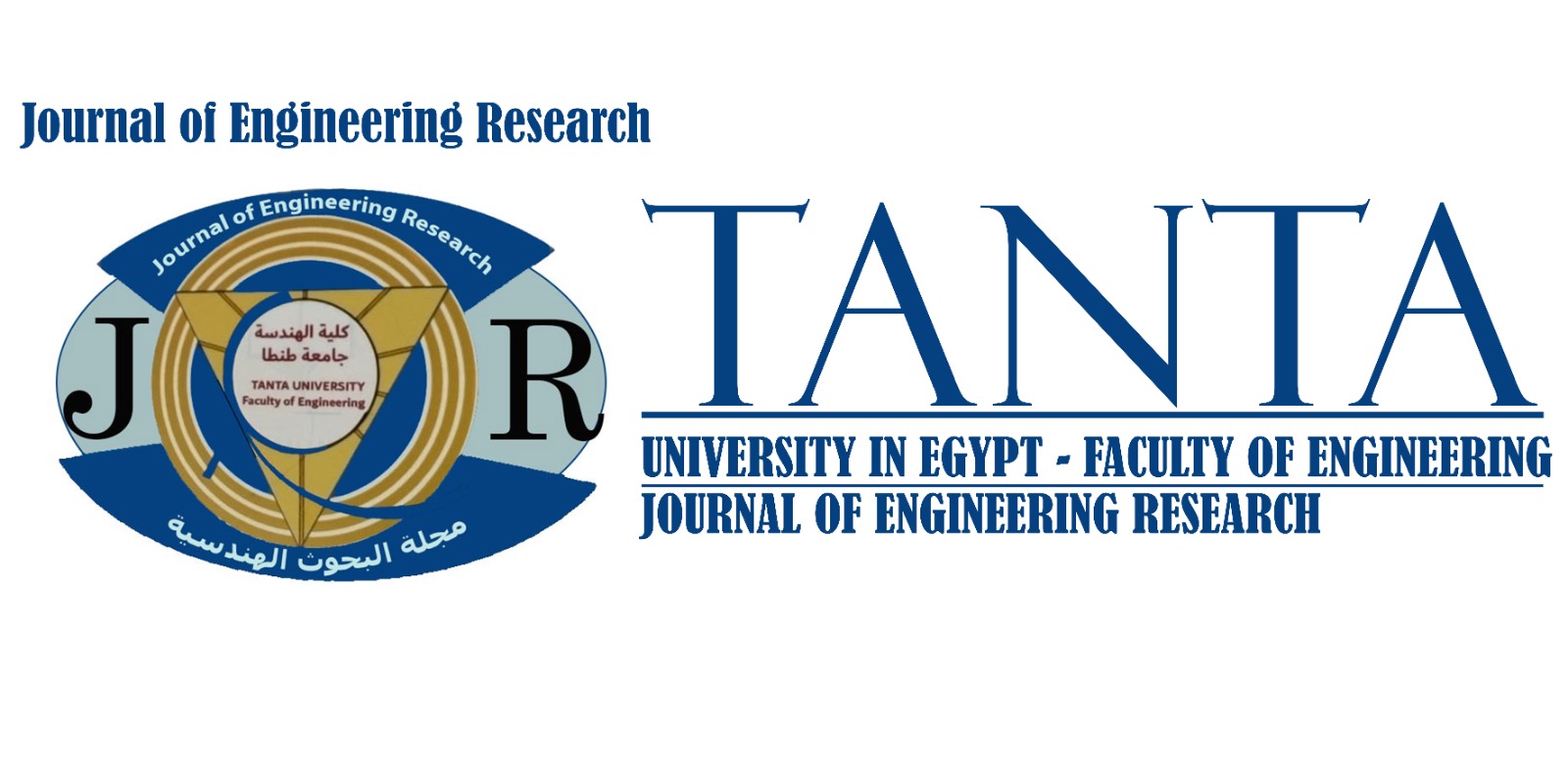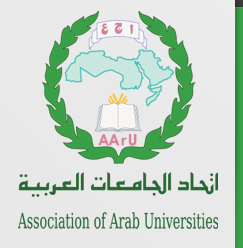Journal of Engineering Research

DOI
https://doi.org/10.70259/engJER.2025.911850
Abstract
Unmanned aerial vehicles (UAVs) have gained significant attention for their versatile applications due to their low cost, high mobility, and on-demand deployment capabilities. UAV-assisted wireless communication is a promising technology for future systems; it offers connectivity without the need for terrestrial infrastructure. Similarly, the Internet of Things (IoT) has emerged as a revolutionary technology, connecting smart devices and enabling seamless data exchange. However, IoT networks face significant challenges in environments with weak or unstable infrastructure. This paper investigates UAV-aided energy harvesting (EH) and data collection in an IoT scenario, where a UAV bridges communication between an IOT device that acts as a ground user (GU) and a base station (BS). A Rician fading channel model is employed to represent realistic propagation environments. The study focuses on optimizing UAV trajectory and energy harvesting times to maximize the uplink sum rate under mobility and power constraints. The non-convex optimization problem was tackled using an efficient iterative approach, dividing the problem into two sub-problems; energy harvesting time optimization using the Newton-Raphson method and trajectory adjustment via successive convex optimization. The results demonstrate the effectiveness of the proposed algorithm in enhancing data rates by leveraging UAV mobility and trajectory design, achieving significant performance improvements.
Recommended Citation
Mohammed, Gehad I.; Selim, Mahmoud M.; and Attia, Mahmoud A.
(2025)
"Trajectory Optimization for UAV-assisted Energy Harvesting for Internet-of-Things,"
Journal of Engineering Research: Vol. 9:
Iss.
1, Article 2.
DOI: https://doi.org/10.70259/engJER.2025.911850
Available at:
https://digitalcommons.aaru.edu.jo/erjeng/vol9/iss1/2

